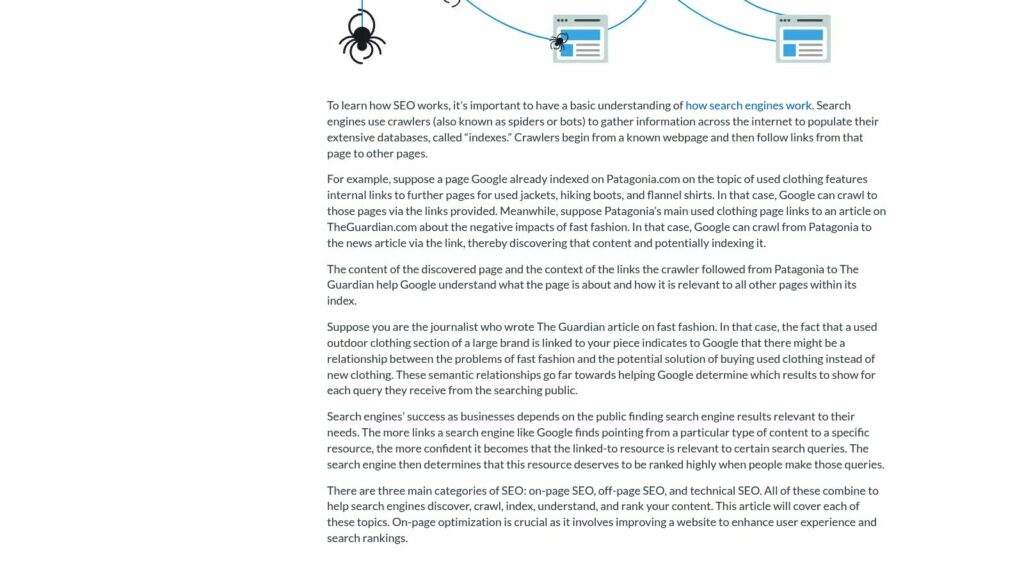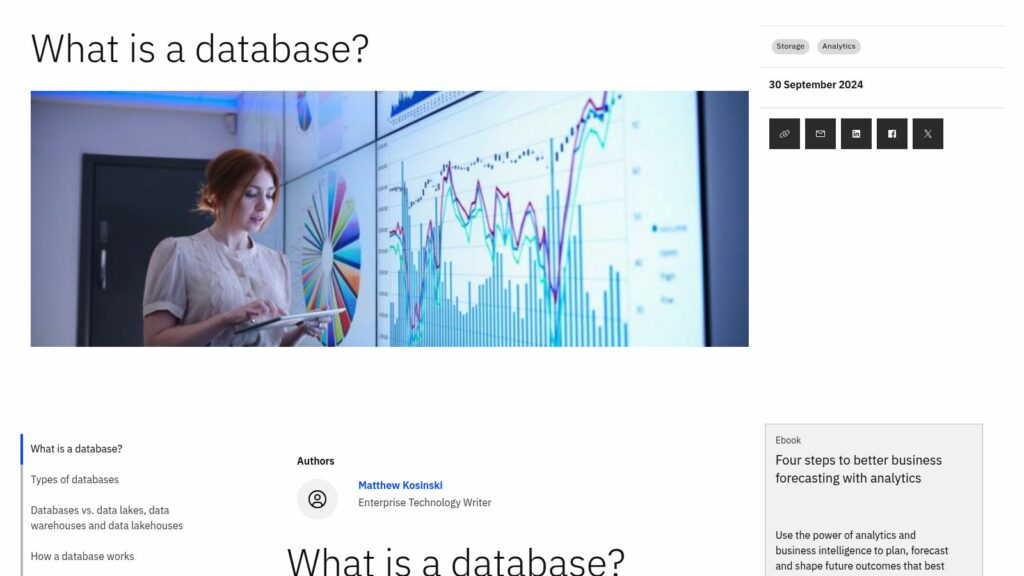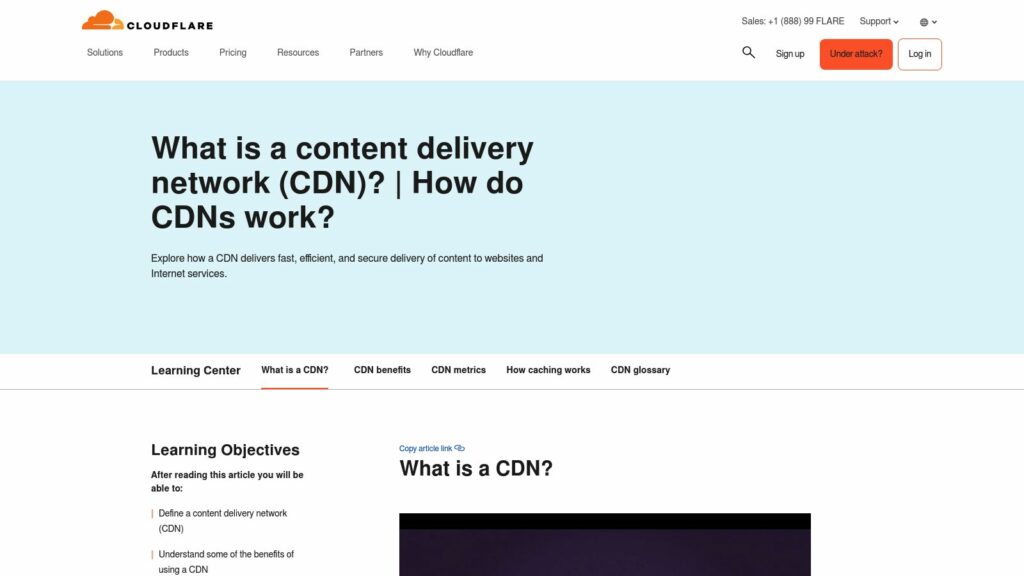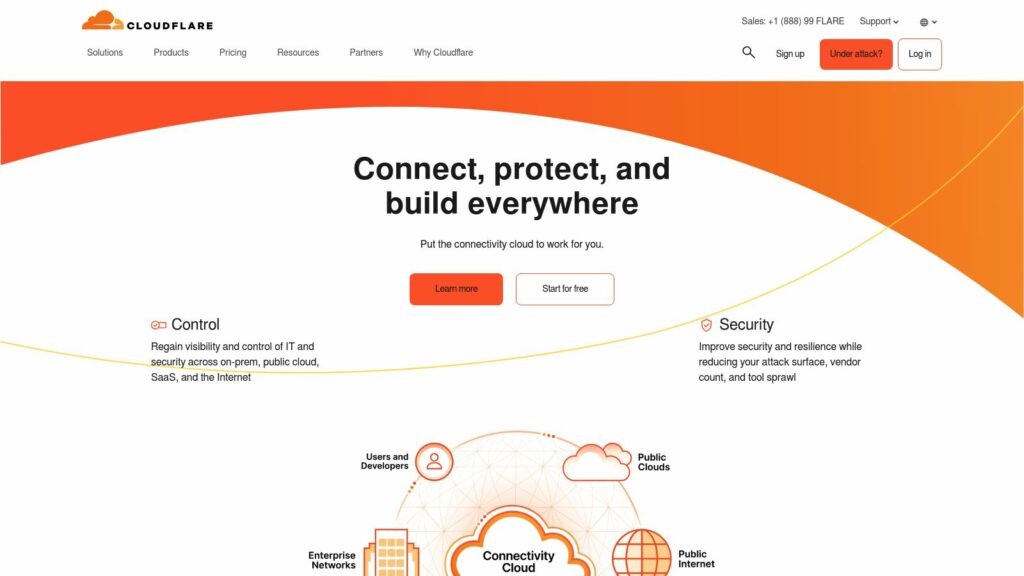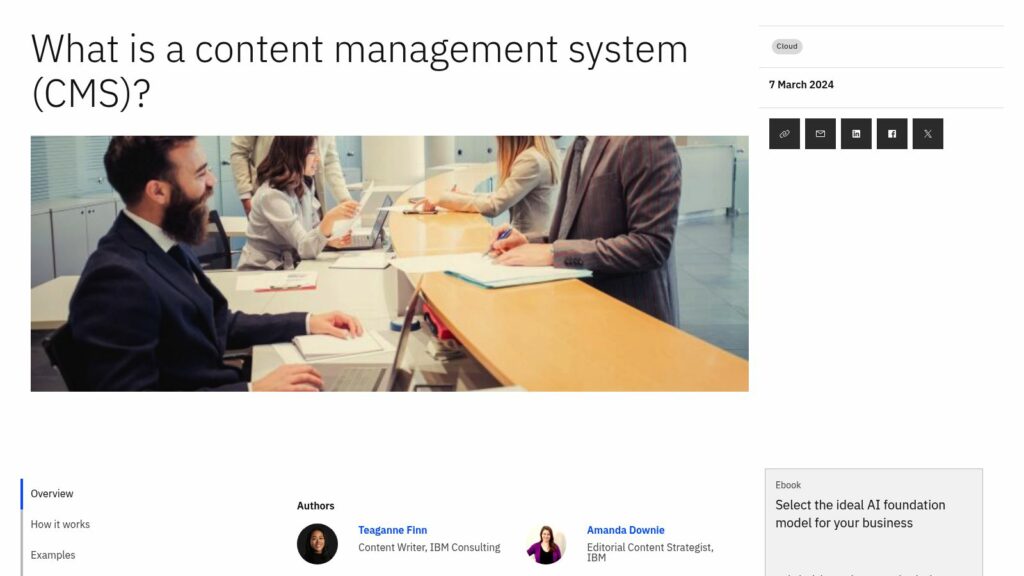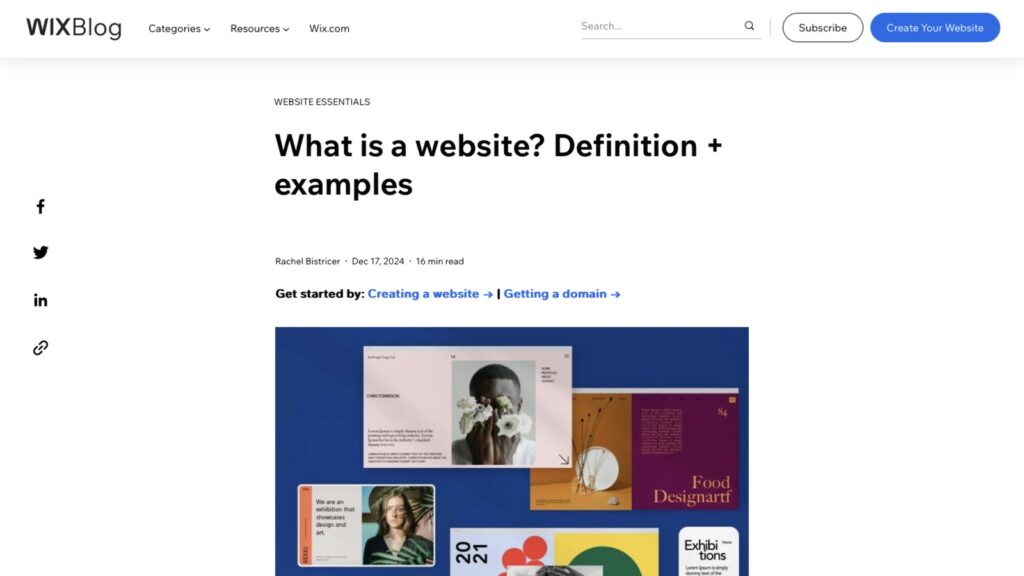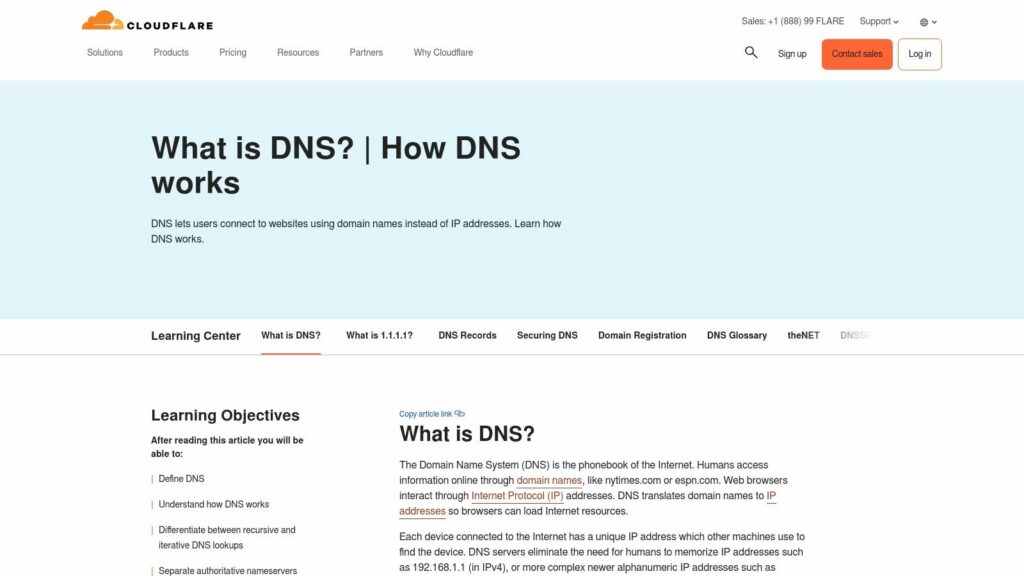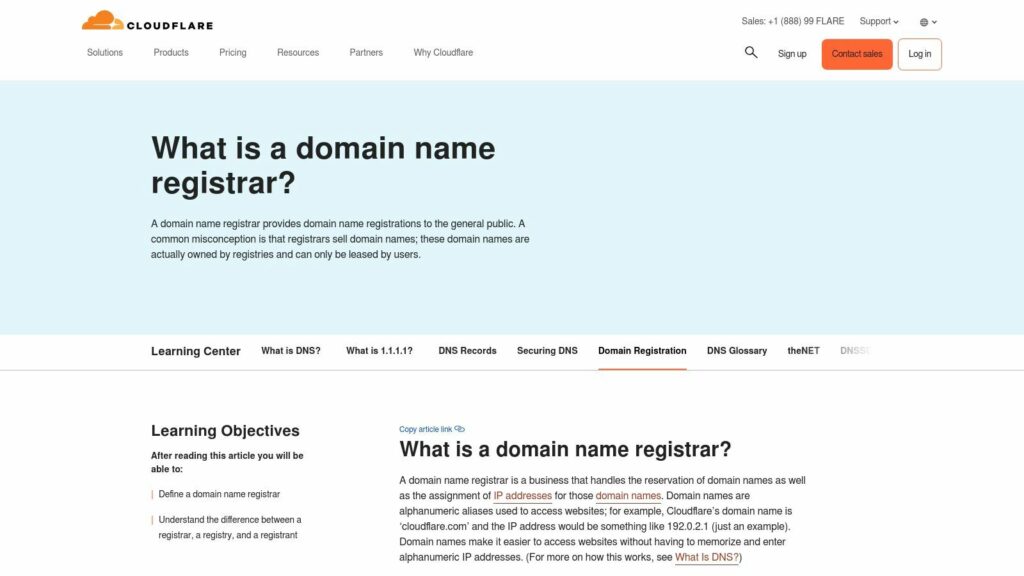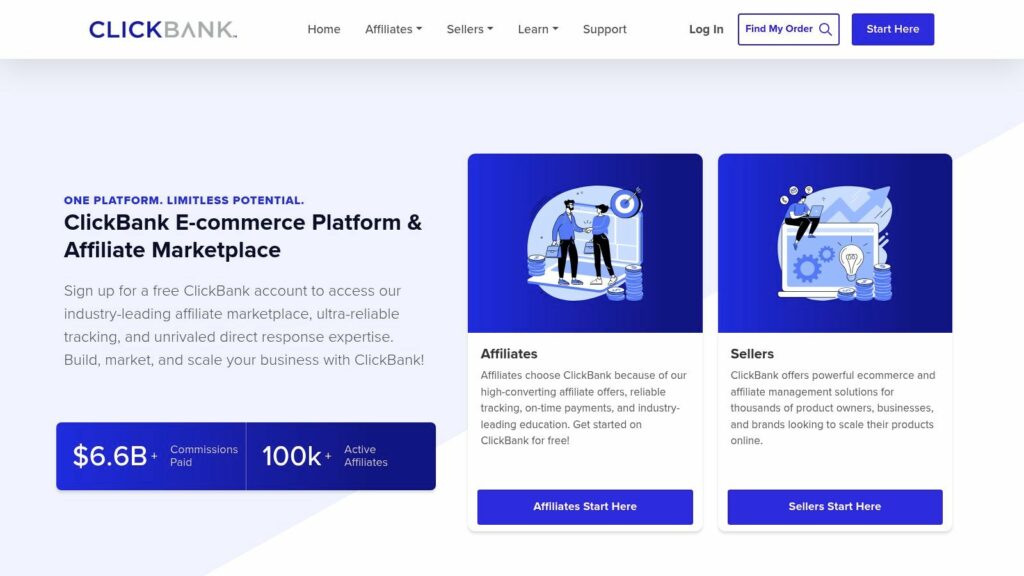Search Engine Optimization (SEO)
SEO (Search Engine Optimization) enhances website visibility in search engines by optimizing content for higher rankings. Comprising on-page, off-page, and technical SEO, it adapts to evolving algorithms and user behavior. Key goals include increasing visibility and traffic, improving quality of visitors, and ensuring content is user-friendly. Understanding how search engines crawl, index, and rank is crucial, with a focus on high-quality, relevant content. Algorithm updates significantly impact rankings, emphasizing the need for continuous adaptation in SEO strategies.
